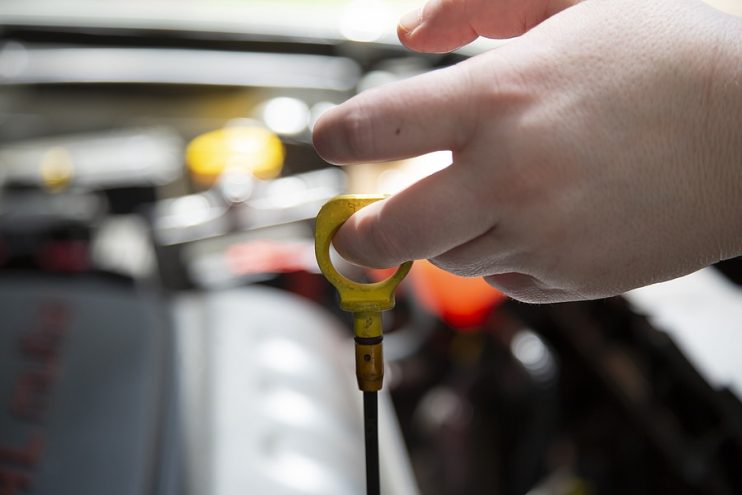
All cars use transmission fluid. This is used to lubricate the gearbox and ensure the smooth running of your vehicle. You will need to check the lubricant levels in your car regularly – how you do this depends on whether your car has a manual transmission or an automatic transmission.
Manual Transmission
If your car uses a manual transmission system then it will require a lubricant that is splashed throughout the transmission by the moving parts in the gearbox. If the lubricant in your engine drops below a certain level then the transmission parts in the gearbox are likely to become damaged. You can check in your owner’s manual to find out how often you should check the lubricant level in your particular vehicle. The process by which you add transmission fluid is as follows:
- Some cars have a dipstick that can be used to check the transmission fluid level. First turn off the engine, then remove the dipstick and wipe it with a clean rag before reinserting it into position. If the lubricant level is lower than the add marks on the dipstick, you’ll need to add more transmission fluid to the engine.
- To make a manual transmission check, ensure the engine is off. Jack the car up, making sure the car is level. Then locate the fill plug on the side of the transmission, taking care not to confuse it with the drain plug, which is located on the bottom of the transmission.
- Clean the area around the fill plug with a rag to stop and dirt contaminating the transmission fluid when you remove the plug. Using a wrench then remove the plug – if you see lubricant leaking out then there is definitely enough transmission fluid in the engine. Otherwise use a piece of wire. Dip this into the hole and look at the level of the lubricant on the wire whilst comparing this to the transmission. The lubricant level needs to be very near to the level of the fill plug.
- If you need to add more lubricant to then engine, then follow the instructions in your vehicle owner’s manual. If not, then simply replace the plug to the transmission.

Automatic Transmission
Automatic transmission fluid needs to be checked in accordance with the suggested intervals in your owner’s manual. This will usually suggest that you check the fluid when you reach certain mileages.
- Make sure that the car is parked on a level surface. Most automatic vehicles require that the engine is running for you to perform a fluid level check. Set the gearbox into the correct mode as specified in your owner’s manual as failure to have the transmission in the correct gear can cause a large error in the reading.
- Raise the bonnet of the car and locate the transmission dipstick. This is usually found near the transmission end of the engine at the opposite end to the drive belts.
- Remove the dipstick and wipe it with a lint free rag to prevent lint from sticking to the dipstick and contaminating the transmission fluid. Then reinsert the dipstick into the transmission and check the level of the lubricant. There should be two markers on the dipstick – add and full and the lubricant level should be somewhere between the two.
- Whilst checking the transmission fluid, observe the colour – if this is milky it may mean that the engine’s coolant is leaking into the transmission. A brown colour indicates the fluid may have overheated, whilst clean, uncontaminated fluid should have a reddish pink colour. If the fluid is not the correct colour it should be changed.
- If you do need to change or add lubricant to the transmission system more details on this should be in your owner’s manual, where the process by which the fluid can be drained from the system and new fluid added will be described in full.






.png)